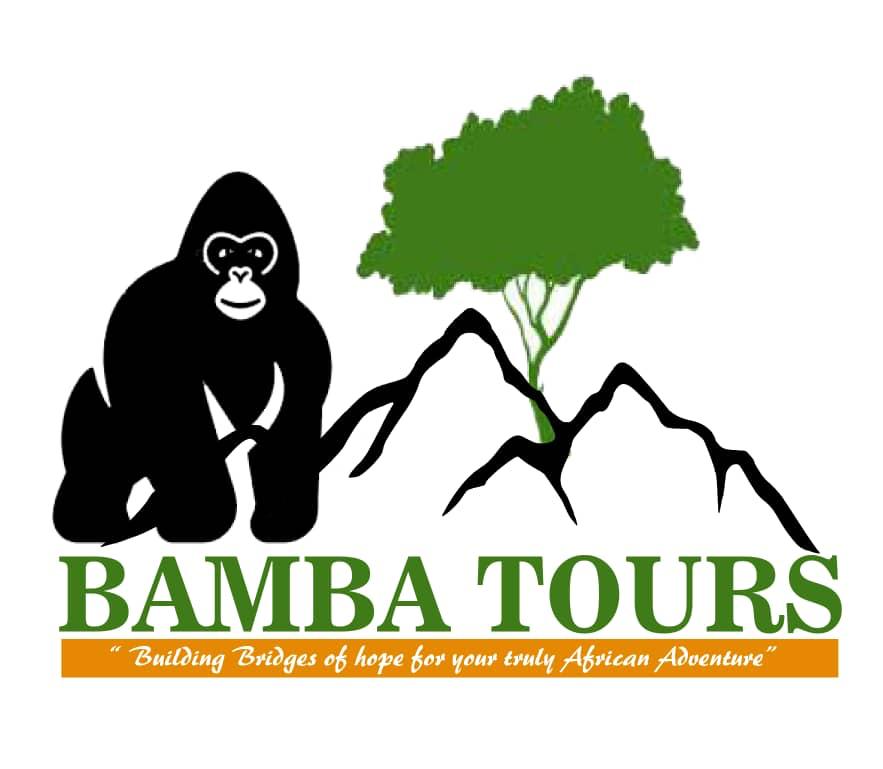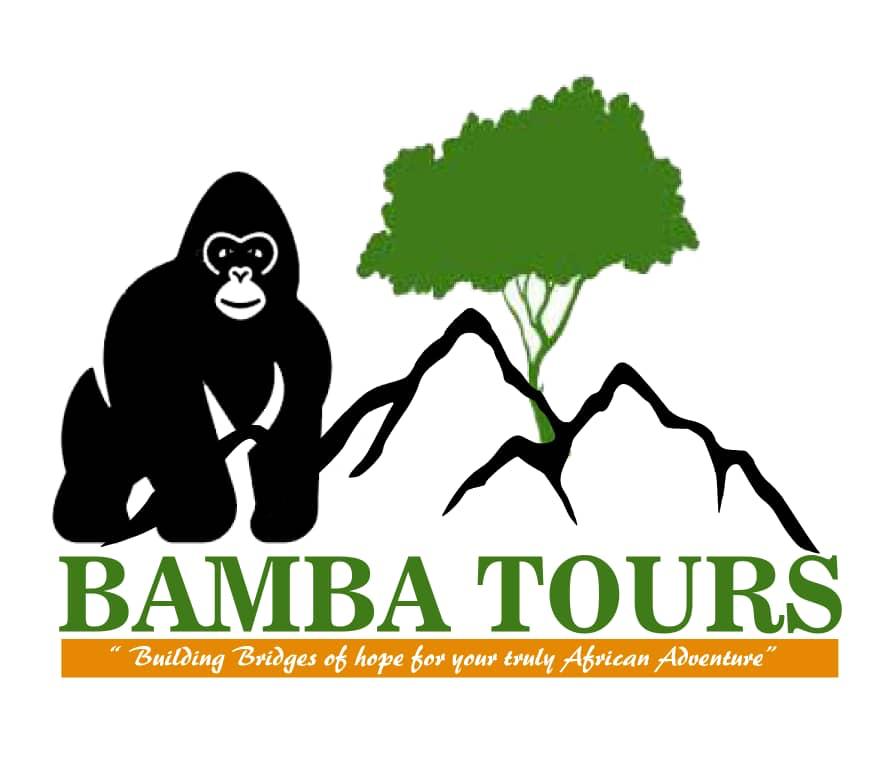Wildlife Safari Tanzania, Wildlife Tours in Tanzania
Day 1: Transfer to Lake Manyara National Park
The guide will pick up from your hotel in Arusha or from Arusha international airport and then transfer to Lake Manyara national park. The drive to the park will take you around 5 hours. You will check in at Lake Manyara wildlife lodge and have lunch.Later in the afternoon, you might choose to take a game drive through the park where you will expect to spot animals like; elephants, giraffes, buffalo, zebra, wildebeests, lions, leopards among others. Dinner and overnight at the lodge.
Day 2: Game drive and transfer to Serengeti national park
After breakfast at the lodge, you will take a morning game drive through the park.Lake Manyara National Park is known for the flamingos that inhabit the lake. During the wet season they inhabit the edges of the lake in flocks of thousands but they are not so present during the dry season. More than 400 species of birds inhabit the park and many remain throughout the year. Because of this Lake Manyara National Park is a good spot for bird watching. Visitors to the park can expect to see upwards of 100 different species of bird on any day.Some animals that inhabit the park include; Leopards, lions, cheetahs, elephants, blue monkeys, dik-dik, gazelles, hippopotami, Masai giraffe, impala, zebras and many more and many can be seen throughout the year.
There is a hippo pond at one end of the park where visitors can get out of their cars and observe from a safe distance. The leopards and lions are both known to lounge in the trees while not hunting for prey.This activity will take you between 4-6 hours. As you drive through the park, you will expect to spot some of the animals above. You will continue to drive to up to Lake Manyara from which the park gets its name. You will return to the lodge, have lunch and check out. You will then transfer to Serengeti national park. Check in at Mbalageti Serengeti Camp.
Day 3:
After breakfast at camp, you will take an early morning game drive through the park. Some of the animals that live in the park include; zebra, Thomson’s and Grant’s gazelle, and topi and Coke’s hartebeest, Masai giraffe, waterbuck, impala, warthog, hippo, common eland, klipspringer, roan antelope, bushbuck, lesser kudu, fringe-eared oryx, dik dik, Lion, African leopard, elephant, black rhinoceros.African buffalo, cheetah, spotted hyena, serval, and also some primates like; yellow and olive baboons and vervet monkey, patas monkey, black-and-white colobus among others.Game drives are the major activity in the park and are designed to take you close to the wildlife rich spots in Serengeti National Park. This gives you an opportunity to view wild animals in their natural habitat as they go about their daily activities. Game drive in Serengeti is a full day activity so you will need to have your packed lunch with you. Dinner and overnight at the camp.
Serengeti National Park Tanzania
Day 4: Transfer to Ngorongoro Conservation Area
After breakfast a late breakfast at the camp, you will check out and transfer to Ngorongoro conservation area. As you drive you will expect to see some animals and also some of the craters in Ngorongoro.The Ngorongoro volcanic crater, the largest unflooded and unbroken caldera in the world, it is about 20kms across, 600 meters deep and 300 sq kms in area, the Ngorongoro Crater is a breathtaking natural wonder. You will check in at Ngorongoro Rhino Lodge where you will have lunch and spend the night.
Day 5: Exploring the craters
After breakfast at the lodge, you will take a game drive through the park. You will drive to the Ngorongoro crater which has a water source that attracts a lot of animals that come around to look for water and fresh pasture.Some of the animals that live in the conservation area include; African buffalo, hippopotamus. Black rhinos, wildebeest, zebra, eland, gazelles, waterbucks, topi, impala, cheetah, wild dog, leopard, giraffes, crocodiles, among others and various bird species. As you drive, you will expect to spot some of these animals. You will then return to the lodge, and have lunch. Dinner and overnight at the lodge.
Day 6: Transfer to Tarangire National Park
After breakfast at the lodge, you will check out and transfer to Tarangire National Park.Tarangire National Park is the sixth largest national park in Tanzania, it is located in Manyara Region. The name of the park originates from the Tarangire River that crosses the park.The park is famous for its high density of elephants and baobab trees. Visitors to the park in the June to November dry season can expect to see large herds of thousands of zebra, wildebeest and cape buffalo.Other common resident animals include waterbuck, giraffe, dik dik, impala, eland, Grant’s gazelle, vervet monkey, banded mongoose, and olive baboon. Predators in Tarangire include lion, leopard, cheetah, caracal, honey badger, and African wild dog.Check in at Tarangire Tented Lodge where you will have dinner and spend the night.
Day 7: Game drive and transfer to Arusha
After breakfast at the lodge, you will do an early morning game drive. You will drive through the trails with in the park to look for some of the wildlife that live in this beautiful ecosystem.The drive will take you about 5 hours and you will expect to see animals like; lion, cheetah, buffalo, elephant, waterbuck, impala, dik dik, gazelles, elephants among others as well as different savannah bird species.You will see a lot of baobab trees. You will then return to the lodge, have lunch and check out. You will transfer back to Arusha, the guide will drop you at your hotel in Arusha or at Arusha international airport for your flight back home.
4 days Detailed Itinerary
Planning for Serengeti Wildebeest migration, Tree climbing lions, adventure to Tanzania including the visit to the Ngorongoro craters ? Bamba Tours is your right solution.
Day 1: Arusha – Tarangire National Park
You will picked up from the hotel in arusha by the Bamba Tours tour guide and transfer After Tarangire National Park the well-known destination for spotting tree climbing lions in Tanzania while on a wildlife Safari holiday and arrive at the lodge and after go for the simple Game Drive till in the evening hours.
Return to the lodge for dinner and overnight at Sun bright Camp. On B.L.D
Day 2: Serengeti National Park
0900 hrs: After breakfast to Serengeti National Park and check with en route game drive with picnic lunch. Covering 14,763 sq km of endlessly rolling Savannah plains, the Serengeti is Tanzania’s first established, largest and most famous park wherein tens of thousands of hoofed animals roam in a constant and unremitting search for the fresh grasslands upon which Their survival depends.The million plus wildebeest are the predominant herbivore and also the main prey of a huge cast of large carnivores, principally lion and hyena. Whilst the annual migration is the Serengeti’s most famous attraction, the Park is also renowned for its lion, many of which have been fitted with radio transmitter collars so that their movements may be tracked, and additionally for its wealth of cheetah, zebra, giraffe, Thomson’s and Grant’s gazelle, eland, impala, klipspringer, hippo and warthog. Dinner and overnight at Seronera campsite on B.L.D Ngorongoro Conservation Area Tanzania
Day 3: Serengeti – Ngorongoro Conservation Area
Morning game drive in Serengeti National Park, one of the world’s most famous wildlife reserves. The Serengeti, which Is Maasai name’/Siringet’/translates as the endless Plains’, offers unparalleled ornithological Opportunities and an unrivalled natural arena wherein the glory and harmony of nature can be appreciated as nowhere else on earth, After lunch drive to Ngorongoro for Dinner and overnight at Simba public camp site. on B.L.D
Day 4: Ngorongoro Crater
This morning you will descend into the Ngorongoro Crater with a packed lunch to give you maximum wildlife viewing time. ‘the eighth wonder of the world’ the *Ngorongoro Crater*is one of Africa’s best-known wildlife arenas.A World Heritage Site, it is also one of the largest volcanic crater in the world (almost 20 kilometers wide, 610-760 meters deep and covering a total area of 264 square kilometers). An utterly unique biosphere, the Crater harbors grasslands, swamps, forests, saltpans, a fresh water lake and a various variety of wildlife, all enclosed within its towering walls. Picnic lunch on the crater floor.
After lunch ascend to the rim of the crater and drive back Arusha and drop off at your hotel

